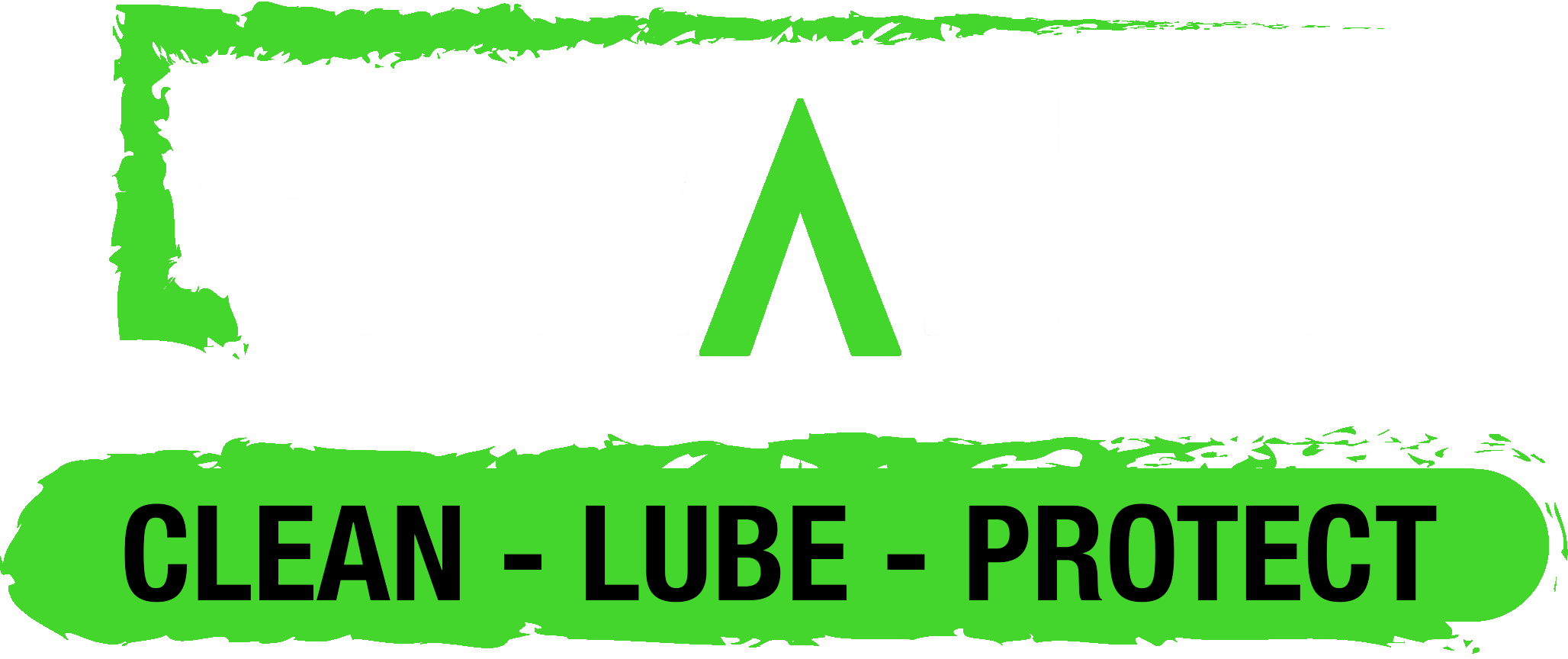The first thought we do when we go to buy a tire for our bicycle is almost exclusively aimed at its resistance and economic savings.
But what are the pros and cons that distinguish and differentiate one tire from another?
- Clincher
- Tubeless
- Tubular
And what are the characteristics to consider when we go to buy our racing bicycle tire?
- Rim channel width
- Rim material
- Tire width
- Tpi
Pros and cons of tires on the market for racing bicycles:
Clincher
The clincher is the most classic and most used solution, suitable for all circumstances, comfortable if we puncture during a long ride and easy to replace if worn out. Manufacturers have a wide range of this type of tire to be used with the inner tube.
PRO:
- Easy to replace
- Economic
CONS:
- Subject to punctures
- Tubeless
It is the same as the clincher, constructively speaking it is made in such a way that it can be used without an inner tube but must be mounted on a specific rim. It is also often used by professionals in the most tortuous races for the simple reason that this type of tire is difficult to puncture. Latex such as our Latex 1 is inserted inside the tubeless tire, which immediately repairs the puncture.
PRO:
More comfort while driving
Overall lightness of the wheel
CONS:
- If we get a hole, the entire tubular must be replaced
- Cost
- Variables to consider when choosing the correct tire.
Rim channel width
This variable could affect the choice of a tire. Generally almost all the wheels for racing bicycles on the market have a 17 channel that allows you to mount 25/28 mm tires, giving a certain comfort when traveling on rough roads. More and more manufacturers are moving to 19 channels that give greater stability by allowing tires of even greater section to be fitted. The width of the channel therefore affects the grip and comfort of the road bike.
Bike rim
The rim affects driving comfort. A high-profile carbon rim will be stiffer than a low-profile one, as well as more prone to side and front winds.
An aluminum rim is less rigid and offers a more comfortable driving feel. The manufacturers do not have high-profile aluminum rims in their catalog, as it would weigh on the overall weight of the wheel itself.
Tire width
Over the years we have gone through the use of increasingly wider tires in the cycling field. Currently the most used section is the 28 mm one. Greater section is synonymous with greater comfort and sealing.
Tpi
This figure is an indicator of threads per inch. The higher the quantity of threads, the greater the resistance to punctures and the greater the pedaling comfort, as the tire is less rigid. Contrary to a smaller number of tpi, a smaller presence of threads per inch will correspond. To remedy the lack of threads, the spaces are filled with rubber to the detriment of puncture resistance and rigidity of the rubber itself.
By combining all these factors together we can increase or decrease the comfort of our racing bike.
A high profile carbon rim with 17 channel and 23 mm section rubber with 60 tpi, we will have the most rigid we can get. On the contrary, steel wheels with 19 channel and 28mm tire with 230 tpi we will have maximum comfort. Dosing the right characteristics of each component will change the driveability of the vehicle.
